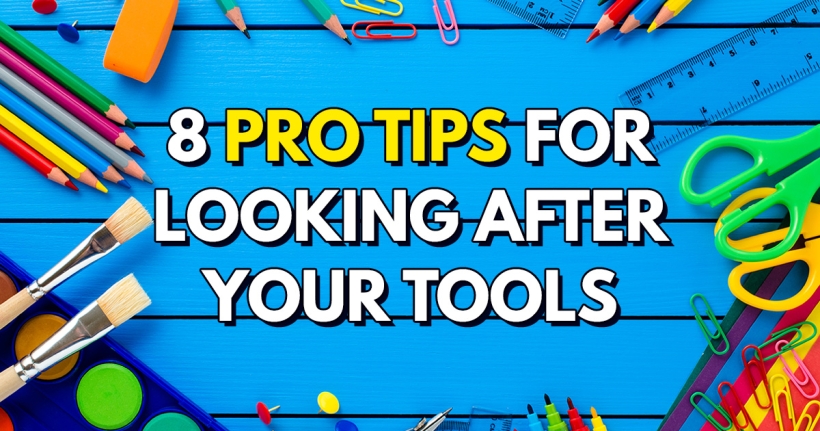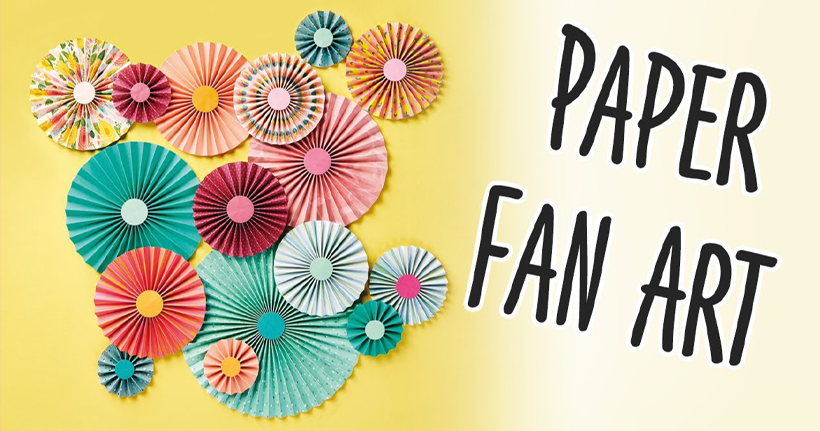_600_338_s_c1.png)
Celebrating Excellence: Winners of the Creative Book Awards 2024
Check out which craft titles have been voted the best in the biz by our esteemed judges
We are currently undergoing maintenance and currently you may be unable to login to your account. Please bear with us, this should be resolved shortly.
You rely on our papercrafting tools every day to give our projects a clean, crisp finish, but sometimes you need to show them some love. Read our handy guide below to find out how to fix all the little annoying problems that can trip you up as you craft - your equipment will thank you for it!

1. Fuzzy alcohol markers
Alcohol-based craft markers such as the Spectrum Noir, Chameleon and ProMarker ranges are designed to be long-lasting. For this reason, they come with removable nibs. When your nib has become fuzzy and is not giving you the precision you need any longer, simply pull it out and replace it with a fresh one. The best way to store double-ended markers is horizontally. This ensures both nibs are kept moist and the ink is evenly distributed. We like the Ultimate Pen Storage Tray, £5.99, from crafterscompanion.co.uk.
2. Sticky scissors
Get in the habit of wiping your scissors with a soft cloth after every crafting session to clean them. If your scissors are covered with a stubborn sticky residue, use nail polish remover on a cotton pad to remove it, then wash the blades thoroughly and dry them. To loosen stiff scissors, apply household oil to the screw area. If your scissors have become blunt, cutting into a piece of fine-grain sandpaper may help to sharpen the blades. Don't forget to store your scissors in a pouch when not in use. This prevents the blades from becoming nicked or damaged.
3. Dry glue
Rehydrate dry glue by winding the glue down so it is below the level of the top of the stick. Fill a cup with a few centimetres of water, place the glue stick in the cup, glue side first. Leave the glue in the water overnight and remove, wipe the glue stick dry and put the cap back on to finish.
4. Messy ink pads
Use alcohol wipes to clean the plastic casing of your ink pad. If you have contaminated your pad with a different colour ink, dab the dirty area with a wet paper towel then a dry one. This should help to draw the colour out. Many pads are suitable for re-inking. Simply squeeze a few drops of new ink onto the surface of the pad and use the back of a plastic spoon to push the colour into the pad. If you've added too much by mistake, blot the excess with a paper towel. Unless it's pigment-based, store your ink pad upside down to keep the ink on the surface of the pad. If your pad is too worn out for further stamping, it may still be useful for adding subtle colour to the edge of blanks and motifs.
5. Blunt punches
Make your punches last longer by occasionally using them to cut through a sheet of tin foil. This sharpens the punch and prevents those unattractive fuzzy edges that a blunt edge can cause. An easy way to lubricate a punch is to cut through a sheet of greaseproof paper several times.
6. Sticky guillotines
To keep guillotines and paper trimmers working better, run through backing sheets that stickers and rub-ons come on (after you remove the rub-ons and stickers, that is!) Repeat several times and your machine will run paper through much more smoothly.
7. Warped die-cutting plates
The clear plates supplied with most die-cutting machines are designed to bend rather than snap when under pressure. However, if they have become severely warped, it is time to buy new ones. Otherwise, the pressure being applied will be uneven and you may have to pass the plates through several times to get a clean cut. Don't forget that the plates are designed to be used on both sides so make sure to flip them regularly.
8. Sticky dies
Many modern dies are very intricate. This produces stunning results but they can be a little tricky to use. Try using a sheet of greaseproof paper between the die and the paper which will help the tiny pieces drop out after you have made your cuts. A die pick will also assist you in poking out any small fragments.
Have you got any must-know tool care tips? Share them with us at @papercraftermag!
_600_338_s_c1.png)
Check out which craft titles have been voted the best in the biz by our esteemed judges


*Advertorial*
Taking your festive designs and makes to the next level has never been easier with the Brother Design n Craft printer. Using cutting-edge technology, it guarantees a professional, full-colour finish...





